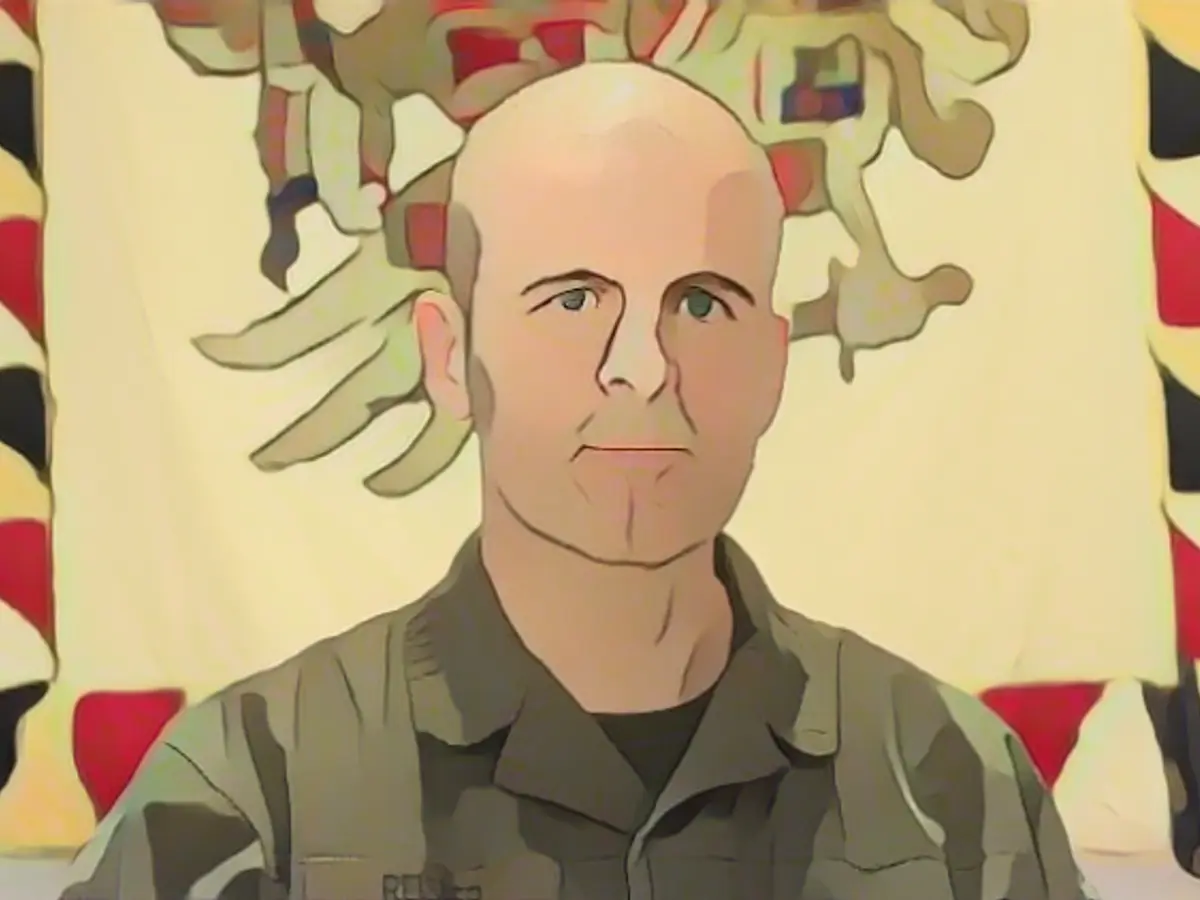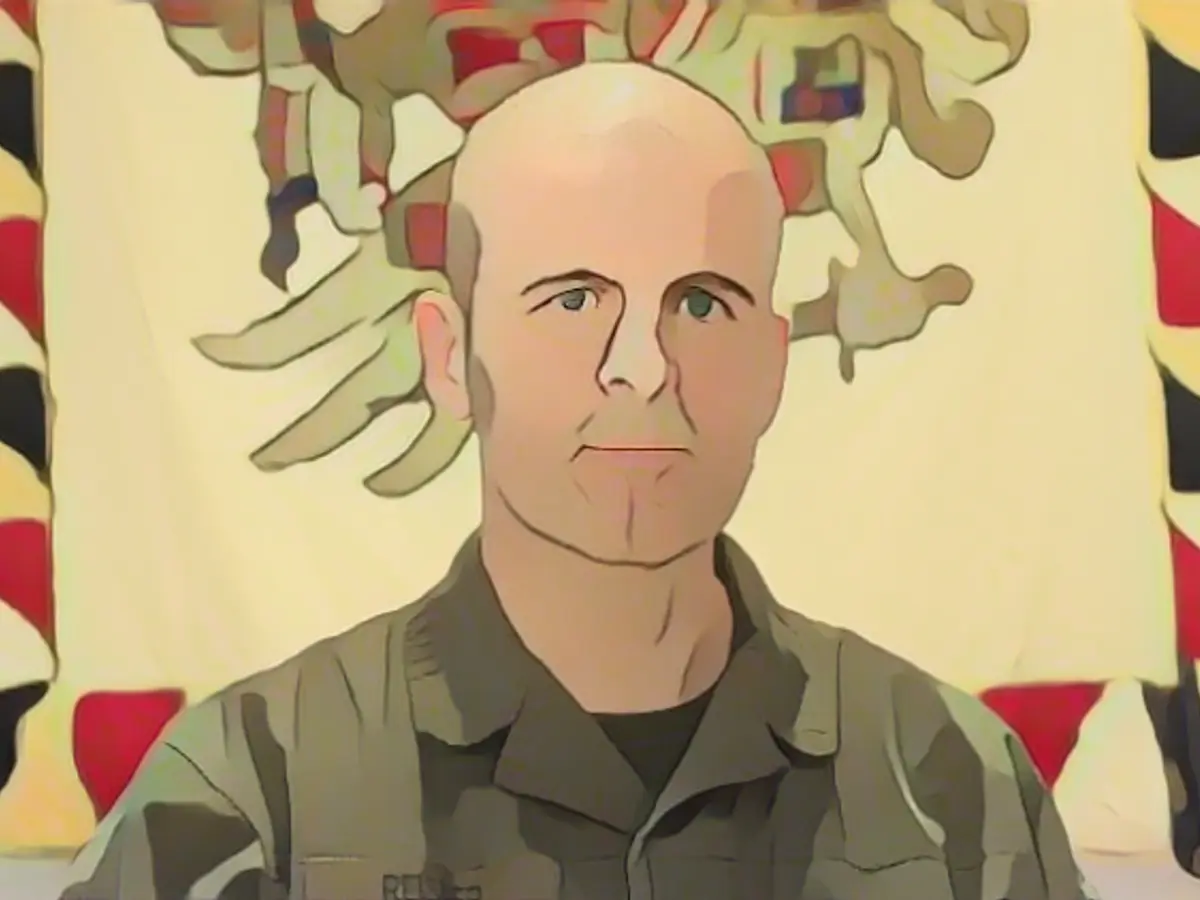"Ukraine uses tactics of 'mosquito supply'"
Constant observation by Russian drones makes it difficult for Ukraine to supply its troops with supplies. This is becoming a problem, especially in the freezing temperatures, which is why Ukraine is now using the tactic of "mosquito supply", says Colonel Markus Reisner in an interview. "They slip through like mosquitoes under the Russian reconnaissance net" by constantly taking new routes with small troops.
ntv.de: Mr. Reisner, the temperatures have slipped below the 0 degree mark not only here but also in Ukraine. Is it even possible to fight on the front line under these conditions?

Markus Reisner: At temperatures around freezing point, the soldiers' combat effectiveness drops rapidly. This is accelerated if the soldiers are exposed to cold and wet weather and have no opportunity to warm themselves or change their wet clothes. Especially where the Ukrainian soldiers have gone on the offensive - north of Melitopol and Mariupol, near Bachmut and Krinky - they have hardly any permanent accommodation available. They are lying in muddy trenches or destroyed earth bunkers, sometimes even in swampy areas. The commanders therefore try to replace the soldiers with armored vehicles every few days. However, this is only possible to a limited extent due to the constant threat from Russian kamikaze drones and is almost impossible in Dnipro.
You are referring to the so-called transparent battlefield, in which both sides use drones to spy on the enemy's every move.
Exactly. This permanent observation by the Russians makes it impossible for the Ukrainian soldiers to light warming fires in these temperatures. This could immediately give them away and draw artillery and mortar fire on their own positions. These challenges also apply to the Russians. The first videos have appeared on social media showing soldiers on both sides suffering from severe frostbite.
According to Ukrainian soldiers, the situation at the front is precarious because there is now a shortage of everything: water, warm clothing, fuel. Are supplies no longer working due to the glass battlefield?
Logistics are decisive in war: it is often not the general who makes the most daring decisions who wins, but the one who keeps a careful eye on the supply of his troops. Ukraine has an advantage here: it is fighting on the so-called "inner line". This means that it has relatively short supply routes from the interior to the front. Russia is fighting on the "outer line" and has much longer supply routes to consider. They have to bring in supplies via the Kerch Bridge road or via the land corridor from Mariupol to Melitopol. However, this Ukrainian advantage is offset by one decisive factor.
What is that?
Russia can produce supplies and armaments without restrictions, while Ukraine suffers from the extensive destruction of critical infrastructure caused by Russian airstrikes. This means that it can no longer produce on a large scale itself, but is primarily dependent on aid supplies.
Aid deliveries to Ukraine are currently stalling. According to reports, more than 2,500 trucks are being blocked at Poland's border with Ukraine. What are the consequences?
The thousands of trucks forming traffic jams up to 40 kilometers long at the border contain a significant amount of military material. This includes important types of ammunition, urgently needed spare parts and a Mark VI patrol boat supplied by the USA. The longer these blockades drag on, the more precarious the supply situation for Ukraine becomes.
The winter is still long. How is Ukraine bridging the supply bottlenecks?
At the front, the Ukrainian armed forces are using the tactic of "mosquito supply". Small squads or individual vehicles try to get through to the soldiers at irregular times using new routes. They slip through like mosquitoes under the Russian reconnaissance net. This is necessary because supplies have to pass under the constant threat of artillery and drone attacks.
In the heavily contested city of Avdiivka, the Russians are said to have made further advances in the industrial area, as well as south and north of the city. Are the remaining Ukrainian forces threatened with encirclement?
That depends on whether the Ukrainian brigades still fighting in the area west of Avdiivka manage to hold off the Russian attacks. These are the 47th mechanized brigade deployed near Stepowe and the 53rd mechanized brigade deployed near Sjewerne. The 47th is very well equipped with Leopard main battle tanks and Bradley infantry fighting vehicles and repeatedly manages to push the Russians back across the railroad line northwest of Avdiivka with counterattacks. But the Russians continued to attack despite their heavy losses. The fighting goes back and forth, but according to Ukrainian soldiers, the pressure from the Russians is increasing day by day.
Have the Ukrainians also succeeded in making advances in the past week?
They are trying to surprise the Russian troops outside their center of gravity areas and force them to redeploy their tactical and operational reserves. This is intended to reduce the pressure on the most heavily contested areas. Ukraine is mainly attacking at Dibrova north of Siversk, at Toretsk south of Bachmut and at the Krinky bridgehead east of Kherson. Here the fighting often rages over heights, forest islands, junctions or completely destroyed villages.
President Putin has announced plans to increase the Russian army by 170,000 soldiers, but at the same time denies a new wave of mobilization. So where will the supplies come from?
Russia regularly drafts conscripts who can be taken on as contract soldiers after serving for 12 months. This regularly leads to pressure being exerted. It should not be forgotten that Russia has a population of 145 million people. This results in a corresponding military potential.
What consequences would an increase in the size of the Russian army have for Ukraine?
Russia would then be in a position to deploy even more troops in Ukraine in the medium term. It can therefore be assumed that the majority of the 170,000 new soldiers will be assigned to the land forces. They will be deployed directly on the front line. In total, there are around 430,000 Russian soldiers in Ukraine. Not all of them are deployed directly on the almost 1200-kilometre-long front, but are deployed in the hinterland to control the remaining Ukrainian population, to organize supplies or as members of the air and naval forces. With the new forces, Russia would be able to expand its attacks once again. This would further exacerbate the tense situation of the Ukrainian armed forces.
Vivian Micks spoke to Markus Reisner
Read also:
Given the text, here are two sentences that contain the words 'Russia', 'Attack on Ukraine', 'Ukraine', 'Zaporizhia':
- Despite the challenges in the extreme cold, Russia continues its relentless attack on Ukrainian positions in cities like Zaporizhia, aiming to consolidate its hold on the eastern territories.
- The Zaporizhia nuclear power plant, a critical infrastructure facility, remains a hotspot of tension, with both Ukraine and Russia accusing each other of violating a ceasefire and endangering its safety.
Source: www.ntv.de








